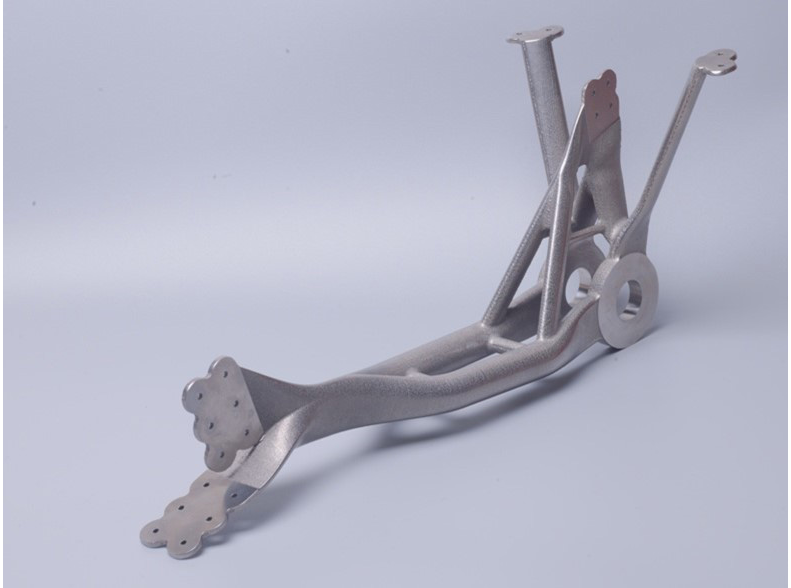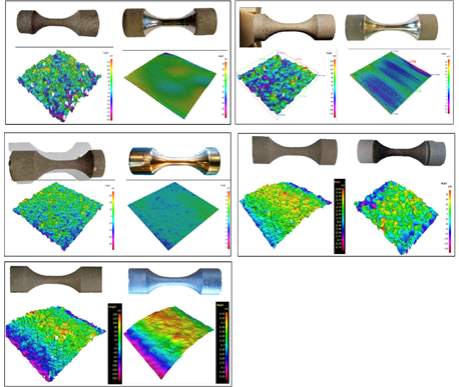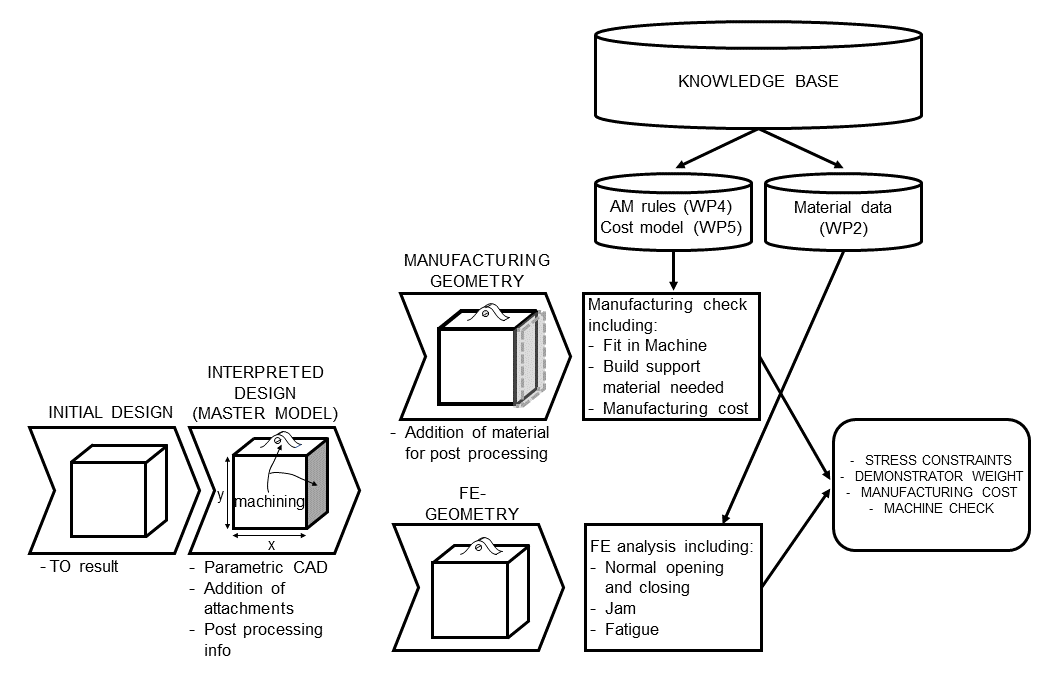Phone: +86 21 51559030
contact@galleon.cc
AddMan Yields Lightweight Airframe Components Using Additive Manufacturing Techniques
Oct 30,2020Clean Sky¡¯s project AddMan successfully closed this year, having developed an airframe component that is much lighter than those made using traditional manufacturing methods - thereby reducing fuel consumption - and with relatively little waste produced in making the part.
The additive manufacturing techniques allow for a level of flexibility and versatility in design and shape that is just not possible using standard methods. The huge advantage of additive manufacturing is that it allows for a high level of precision in the working process, without increasing costs.
AddMan investigated several additive manufacturing methods, and used two techniques in particular: Electron Beam Melting (EBM) and Selective Laser Melting (SLM).
Using EBM, the project designed and manufactured a real-life load lift fitting cargo door component out of titanium (figure 1). AddMan smashed their project¡¯s targets, as they brought the weight of the lift-fitting cargo door component to a weight 23-29% lower than was required.

Figure 1: Load lift fitting door demonstrator manufactured by the MTC using Electron Beam Melting (EBM) AM technique.
To gauge the amount of waste in the process of making parts, aerospace engineers calculate the ratio between the weight of the material used to make a component and the weight of the component itself¡ªthe ¡°buy-to-fly¡± ratio. The ideal buy-to-fly ratio would be ¡°1,¡± indicating no loss of material during manufacturing. AddMan successfully brought the ¡®Buy-to-Fly¡¯ ratio of the EBM manufactured lift fitting very close to 1.
The team tested their theories on 300 test specimens and designed three overall concepts before landing on the lift-fitting cargo door as the final design. They improved fatigue performance using a range of surface improvement techniques such as shot-peening, laser polishing, laser shock peening, centrifugal finishing and linishing (see figure 2).
On the technical side, the team implemented a ¡®Master Model¡¯ approach - the general idea of this concept is to use a Computer-Aided-Design (CAD) system and its Knowledge-Based Engineering (KBE) software to link all analysis models to one centralised product definition so that early product development can be made more effective (figure 3). A set of comprehensive guidelines were drawn up for best practices for topological optimisation (TO), stress simulation and design for metal additive manufacturing were created.
The project generated 25 publications including peer-review journals, conference proceedings, thesis and reports, and 12 other dissemination activities (i.e. conference presentations, posters, panel discussion, etc.). Gender balance was a key feature of the project and 32% of all the participants actively involved in the project were women (56% at the MTC and 10% at LiU).
The AddMan project ran for 40 months, between January 1 2017 and April 30 2020. It was coordinated by Linköping University (Sweden). The consortium also included the Manufacturing Technology Centre (UK). The Topic Manager was Saab AB (Sweden). The total budget of the project was 857 728.75.

Figure 2: Surface roughness of test specimens post processed with five different surface improvement methods. All the left test specimens are ¡°as-build¡± in each image while the right test specimens are, clockwise from top left, laser polished, linished, centrifugal finished, laser shock peened and shot peened. Image courtesy of the MTC.

Figure 3: Multidisciplinary Optimisation Framework for additive manufacturing. Image courtesy of Anton Wiberg (LiU).
Under this background, the 6th Aeronautical Materials and Manufacturing Technology Shanghai International Forum will be held on November 18th - 19th, in Shanghai. Here is the hot topics about additive manufacturing technology:
¡¤ Research Progress Of Additive Manufacturing Technology For Aeronautical Materials¡¤ Development Status Of Titanium Alloy Laser Additive Manufacturing In COMAC Shanghai AircraftManufacturing CO., LTD.
¡¤ Research Progress On Additive Manufacturing Technology Of High Strength Aluminum Alloy
Click here to register you interest or contact with marketing@galleon.cc directly.
